
As monsoon clouds darken Kolkata, towards late evening, something magical happens. The skies turn inky blue, and iconic, British-era buildings are swathed in mellow, yellow LED lights. After sleeping through years of soot, rain and crumbling plaster, the clock tower of Magen David Synagogue, domes and minarets of Burhani Masjid, and the wind-whirled angel of victory atop Victoria Memorial, amongst several other buildings, are learning to speak again. Their language being the madeleine-soft yellow luminescence.
The Angel of Victory is a 4.9-meter tall, 3.5-tonne bronze statue at the Victoria Memorial Hall in Kolkata
| Photo Credit:
Special arrangement
The notion of draping the city’s British-era facades in light came to heritage conservationist Mudar Patherya almost by accident. Driving down Acharya Prafulla Chandra Road one day, he saw the dome of Maniktala Market and was dismayed. The crumbling structure wore a giant advertisement like a scar. Mudar got the building freshly painted, only to find its renewed beauty enveloped by the night. Illumination, he decided, was the answer.
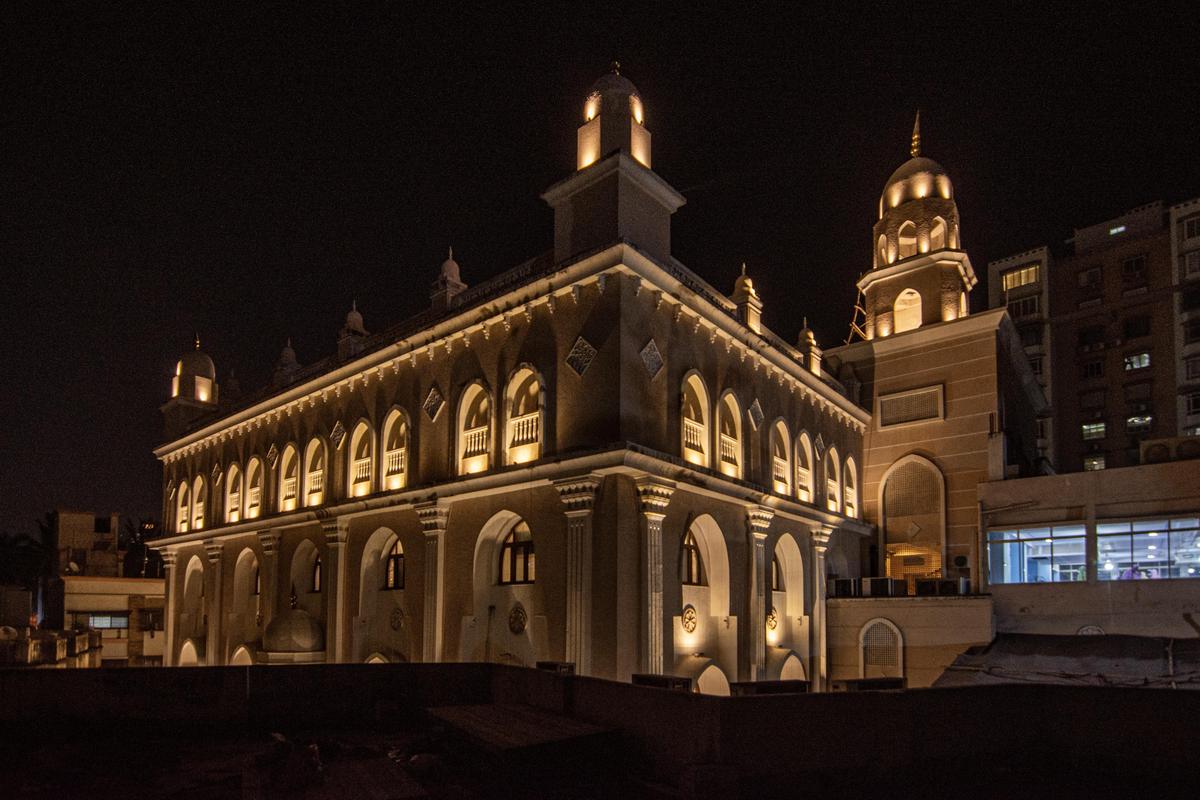
Burhani Masjid
| Photo Credit:
Special arrangement
The first lighting revealed an unexpected magic, and it sowed the seed of a larger idea — to highlight more of the city’s sleeping landmarks. “I passed the hat among friends and industrialists who funded my illumination project,” Mudar recalls. “We needed a name that captured both, the city and the action we were taking, so I called it Kolkata Restorers. And that’s how the movement began. Kolkata Restorers is not an organisation. It’s a WhatsApp group. No president, no chairman emeritus, no functionaries. Just a broadcast thread. That’s how simple, functional, effective, and relevant we have kept it.”
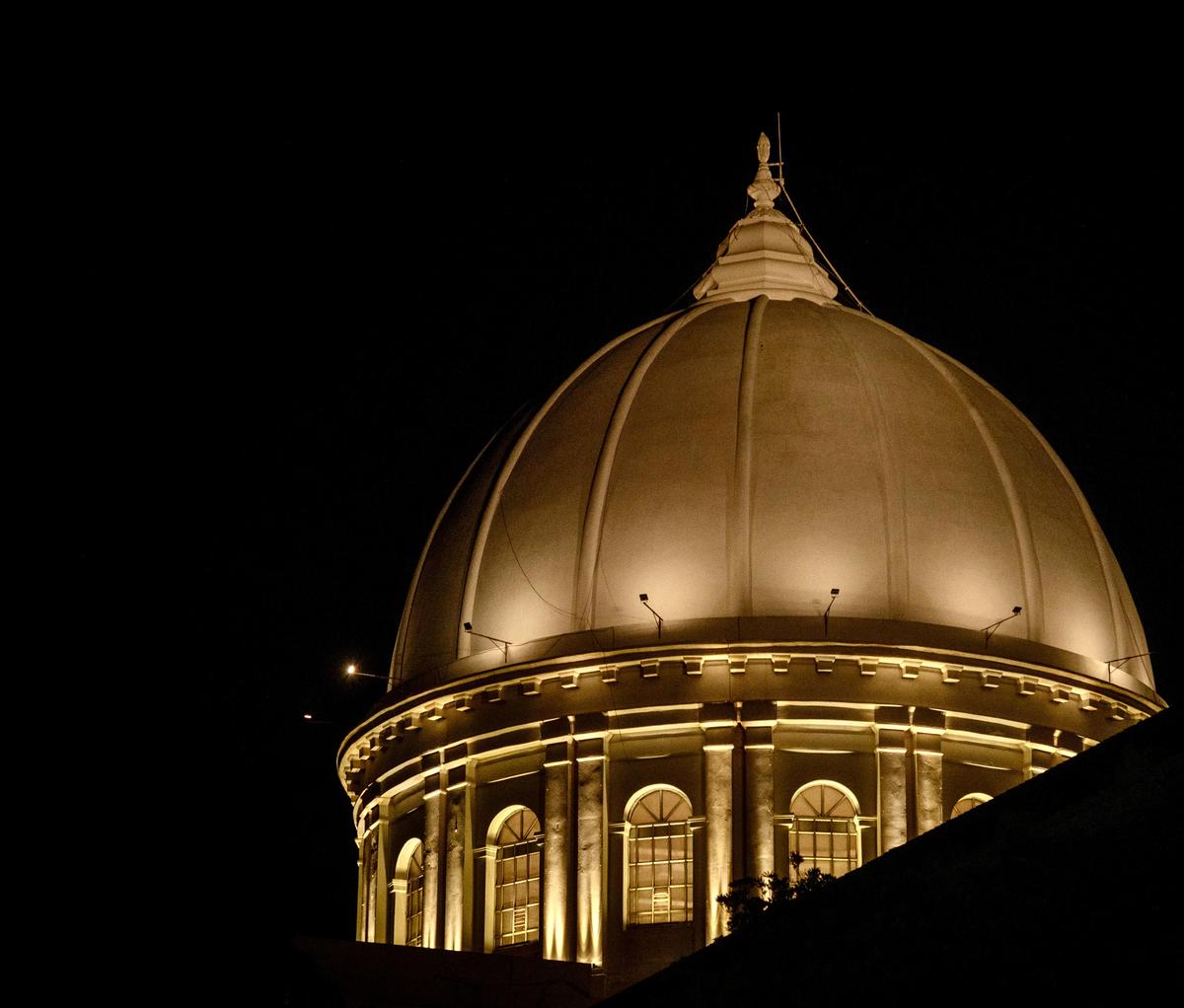
The General Post Office, Kolkata
| Photo Credit:
Special arrangement
In a year and 10 months since its inception, Kolkata Restorers has illumined as many as 95 buildings which include independent homes, General Post Office, Raj Bhavan, Queen’s Mansion, Central Methodist Episcopal Church, New Market’s Clock tower, Geological Survey of India, Standard Life Assurance Building, Burhani Masjid, Ishwar Kalachand Jiu temple,Returned Letter Office and many more.
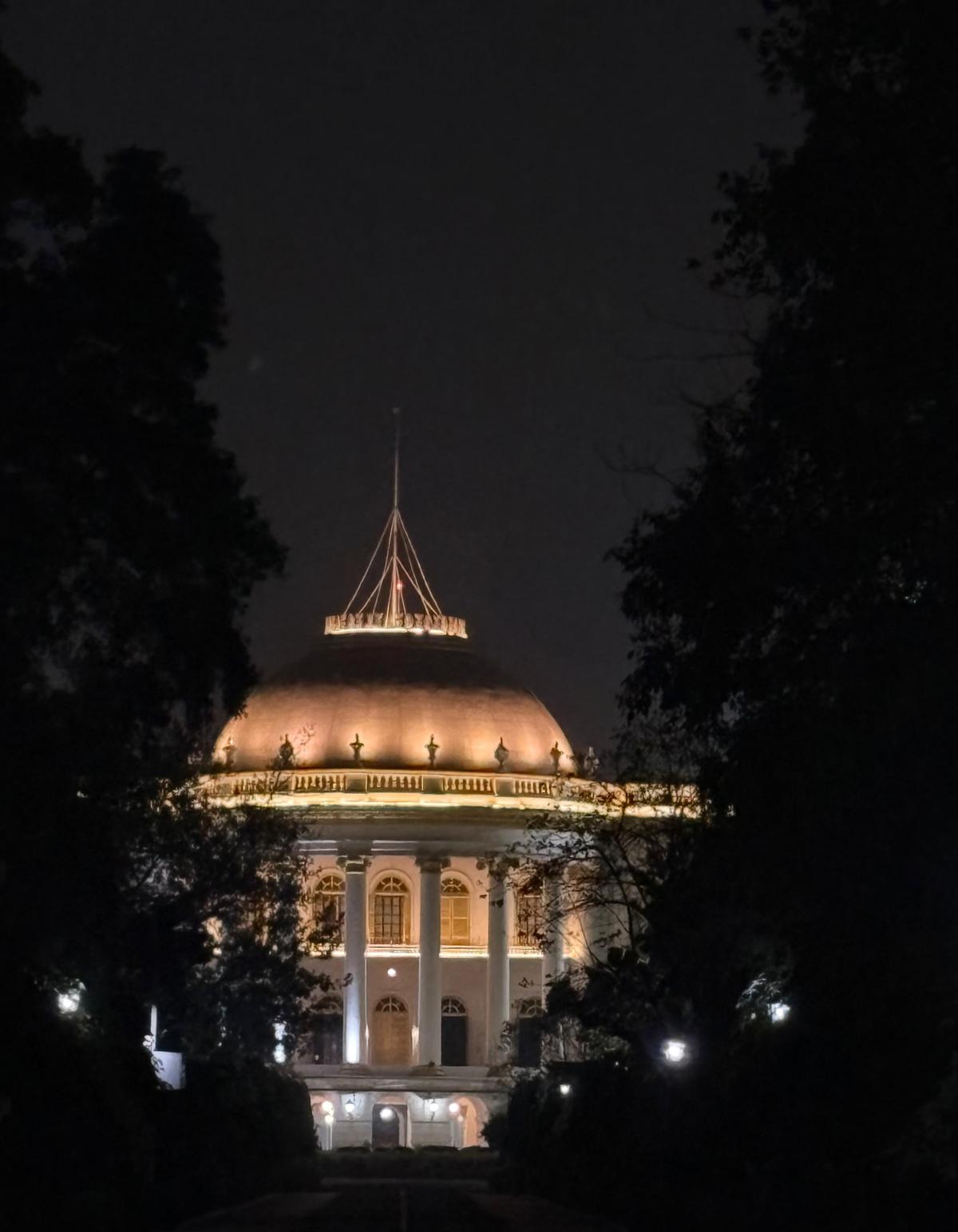
Raj Bhavan is the official residence of the Governor of West Bengal
| Photo Credit:
Special arrangement
Light designer of the illumination project, Suyash Narsaria, founder of Optiluxx Electricals LLP , says, “The structures guide us. We don’t force light onto them, we highlight what the architect imagined a century ago. When the illumination feels natural, almost as if the building has always glowed that way, we know we’ve done justice. The idea is to respect the heritage, not drown it.”
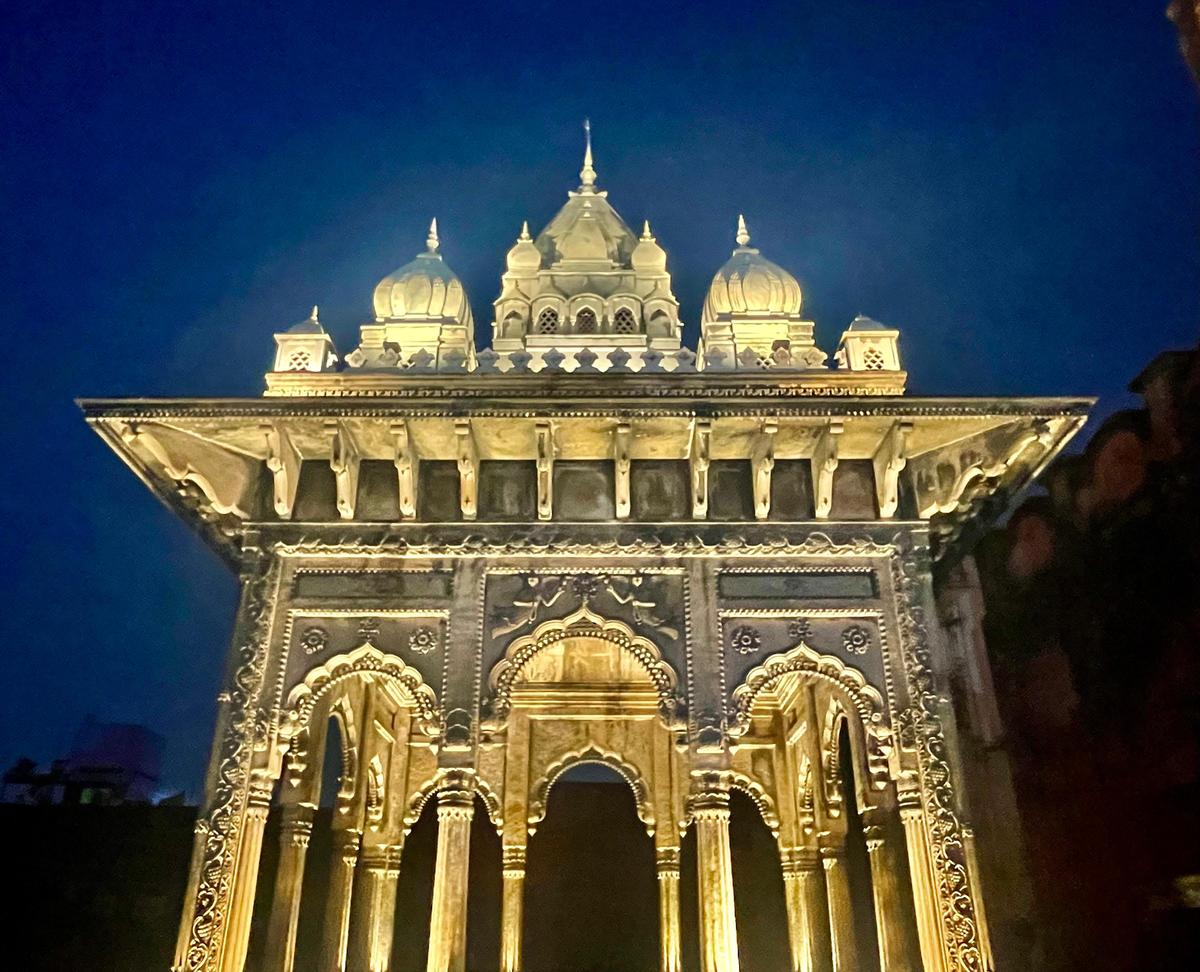
Kalachand Temple
| Photo Credit:
Special arrangement
Cost efficient LED technology has been the lighting team’s ally. “With smart controls, timers, and dimming options, we make sure the building looks stunning while consuming minimal power,” says Suyash. Describing the temperature of the colours, he explains, “For heritage structures, we lean towards warmer tones because they bring out the richness of stone and brick, and give the building a timeless aura. Cooler tones are used sparingly, usually to create contrast or add depth.”
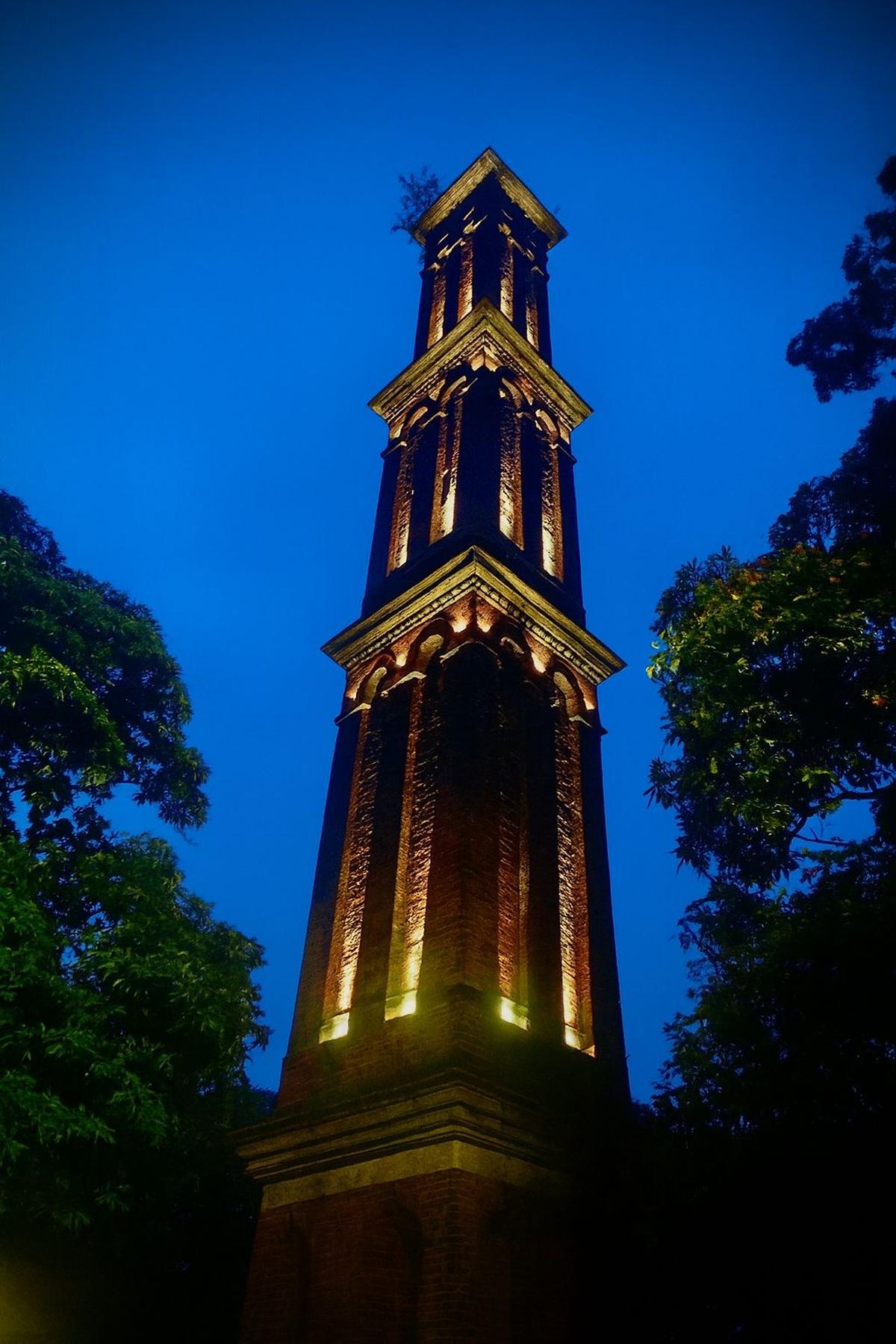
Palmars Bridge Pumping Station Office
| Photo Credit:
Special arrangement
The biggest challenge, says Suyash, was to ensure that the lights don’t leave a permanent mark. “We use non-invasive mounting techniques, avoid drilling wherever possible, and work closely with conservation experts. It’s like working on a priceless painting — you illuminate it without ever touching the canvas,” he says.
Speaking of the structure closest to his heart, Suyash mentions lighting up the angel on top of the Victoria Memorial. “But the building that truly surprised me was the Office of the Director General of Audit near Eden Gardens. Now, when you pass it at night, it feels like the entire road is illuminated,” recalls the designer.
Good samaritan
Mudar calls Kolkata Restorers an ecosystem — loose, generous, and constantly expanding. He explains, “If you want to extend it, my colleague who manages the accounts, you can count him too. He’s the back end, I’m the front end. Then come donors — nearly 250 of them.”
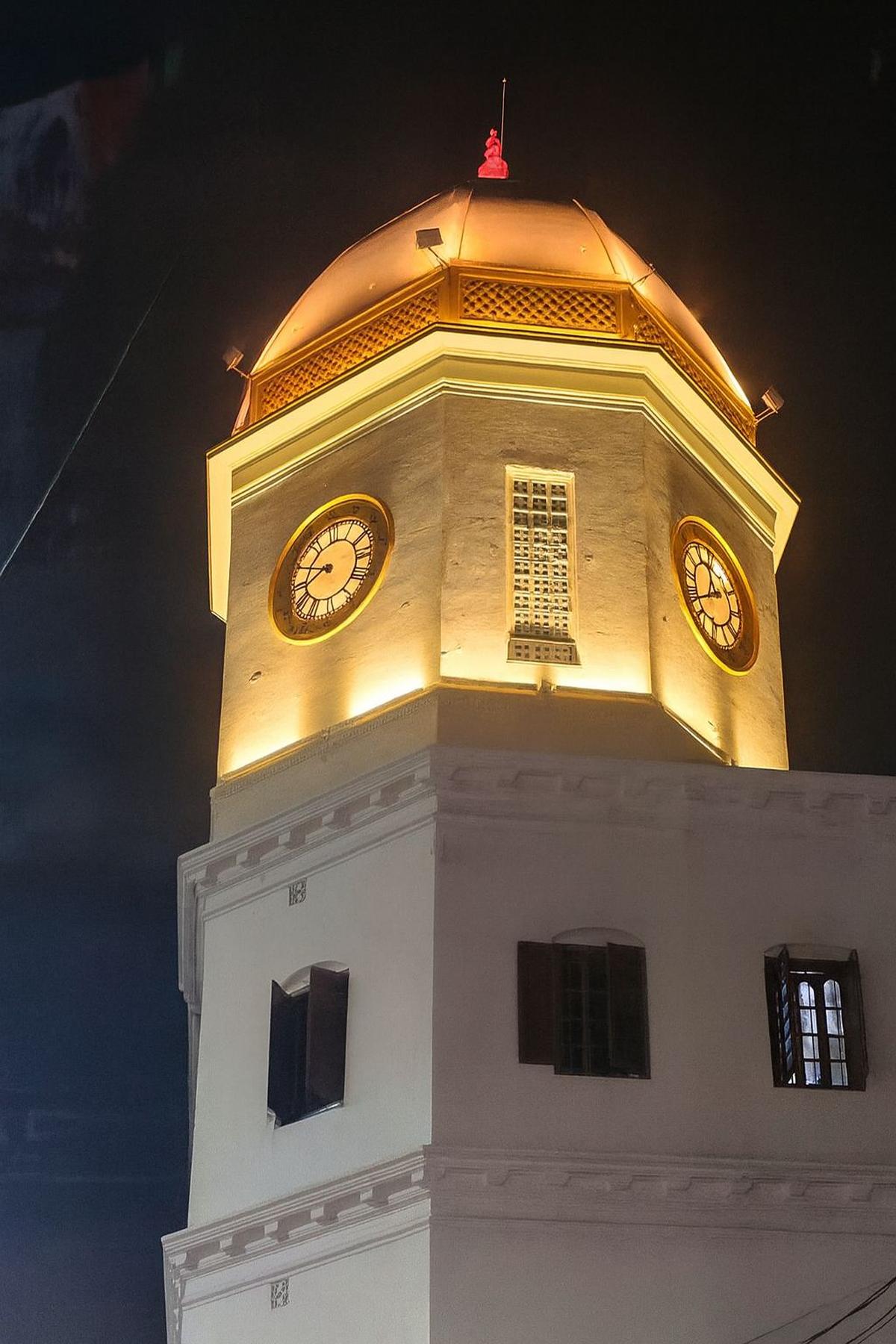
The Maniktala Market Clock Tower, officially known as Maniktala Ghori Bari
| Photo Credit:
Special arrangement
Talking about citizen crowdfunding for the project, he elaborates, “I am collecting amounts ranging from ₹1,000 to ₹40 lakh. So, anybody, with a sense of pride in the city, who is keen on restoration and resurgence, is my market.”

Hindu Mutual Building near Hindustan Building on Chittaranjan Avenue
| Photo Credit:
Special arrangement
Mudar explains that maintenance cost is not high. He says, “We work backwards. We understand the location, paying capacity of the person owning the building, and we design lights accordingly. The light replacement comes from my pocket, the electricity cost comes from the pocket of the person who owns the building.” He adds, “Out of 95 buildings we have illumined, I had only one major refusal — the concerned people went bankrupt, so I picked up the tab for the electricity of that building.”
Lit and how!
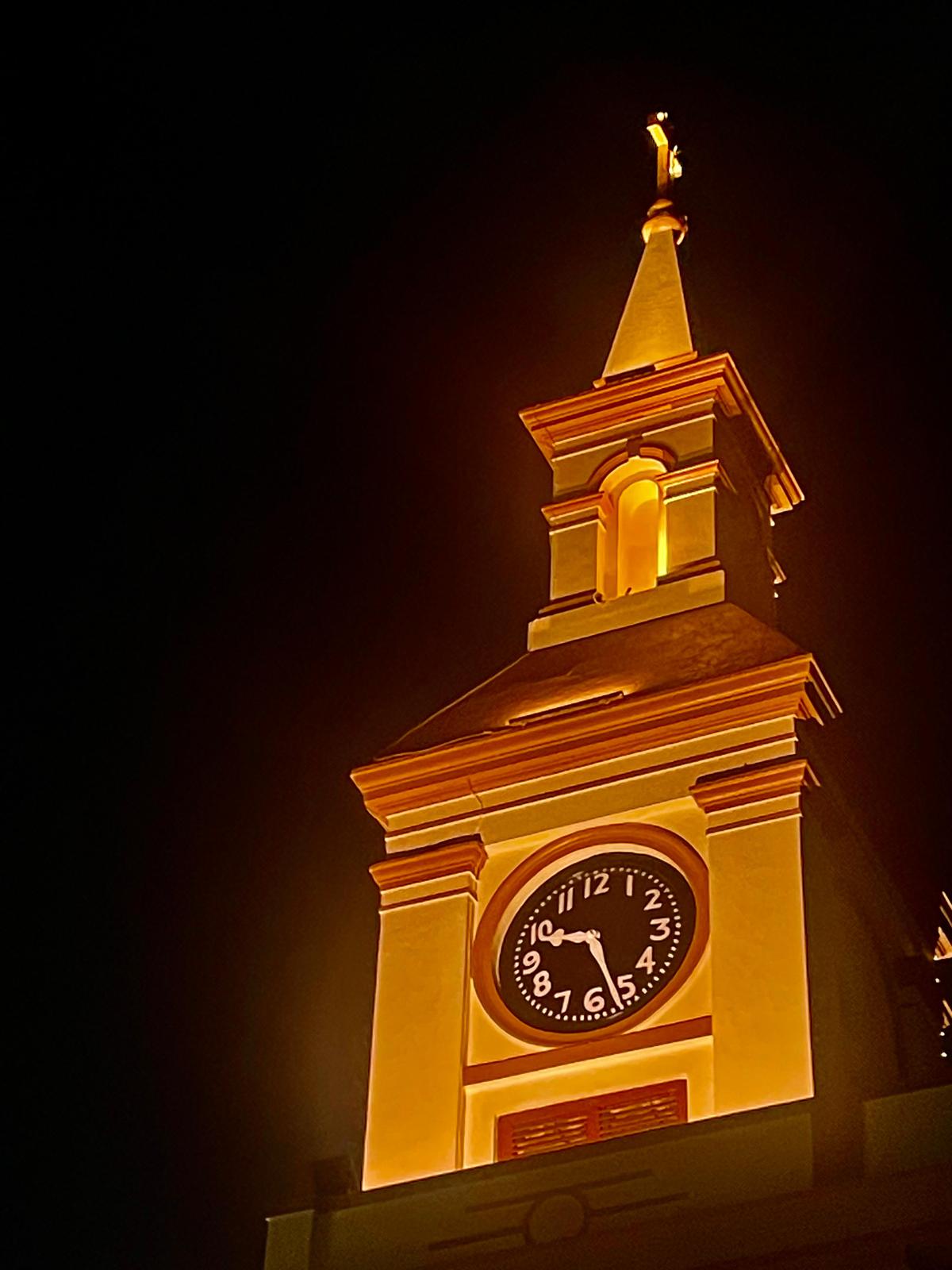
Church of Our Lady of Dolours
| Photo Credit:
Special arrangement
Mudar recalls the earliest reactions from those closest to the project. “The owners of the buildings are the first to recognise that there has been a change in pride,” he says. On Harish Mukherjee Road, barrister Pradeep Ghosh’s private residence was illuminated by the conservationist. Soon after, neighbours began stopping the barrister on the street. “Ki korecho, Pradeep? Khub e bhalo lagche (What have you done, Pradeep? It looks wonderful),” they said.
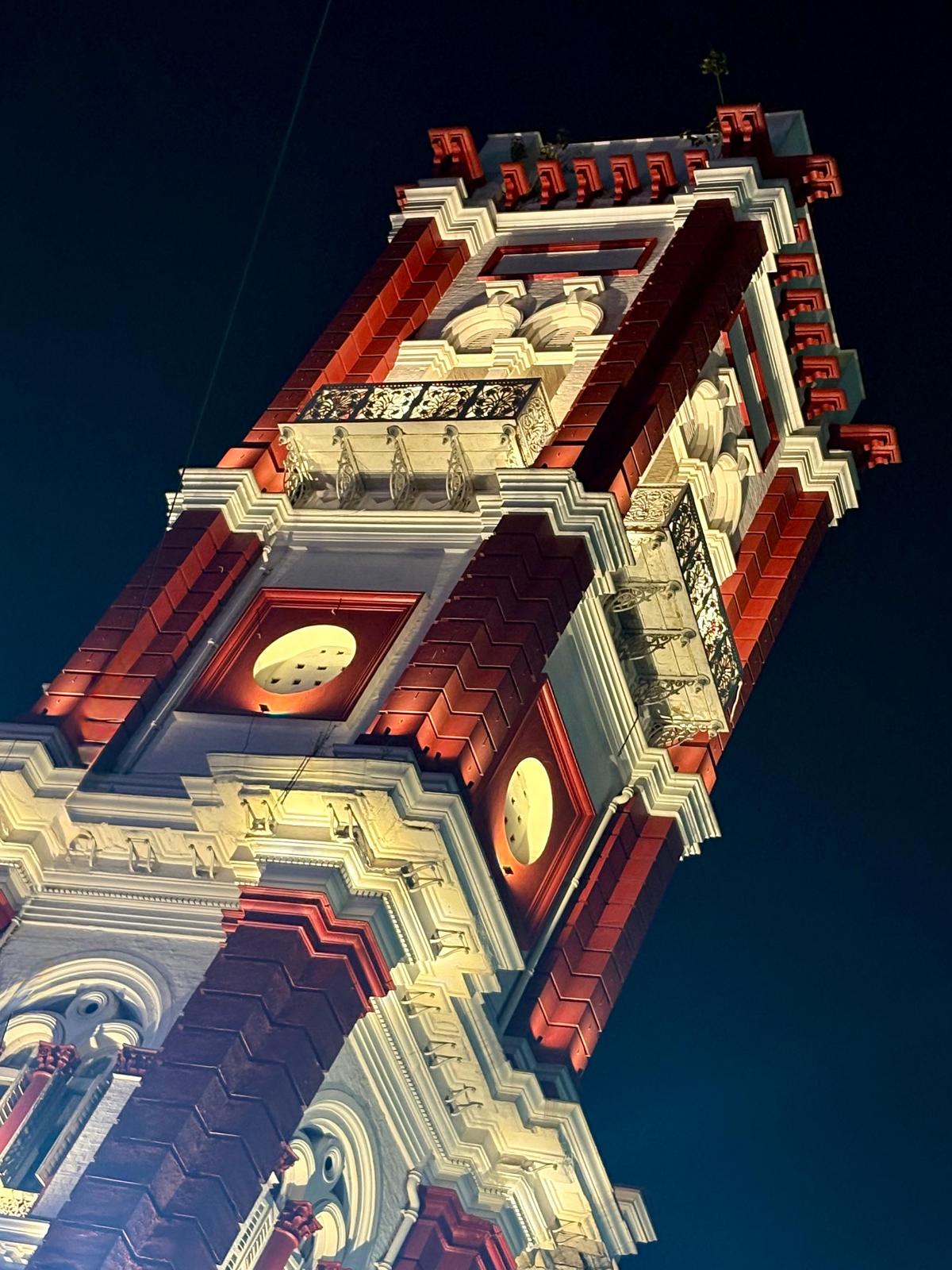
The Returned Letter Office (RLO) in Kolkata, also known as the Dead Letter Office
| Photo Credit:
Special arrangement
A lot of night tours have emerged. Sujoy Sen, who runs tour company Travel Together Everywhere, conducts night tours that take visitors around the illumined buildings. Mudar believes that in the coming months, more such tours will feature every alternate Saturday.
Future perfect
Mudar says, “Some event organisers are also thinking along the lines of having neighbourhood festivals around my illuminated structures. One needs to go beyond illumination, otherwise, the place will only remain as an illuminated structure. We need to have illumination plus performances, or even night cuisine.”
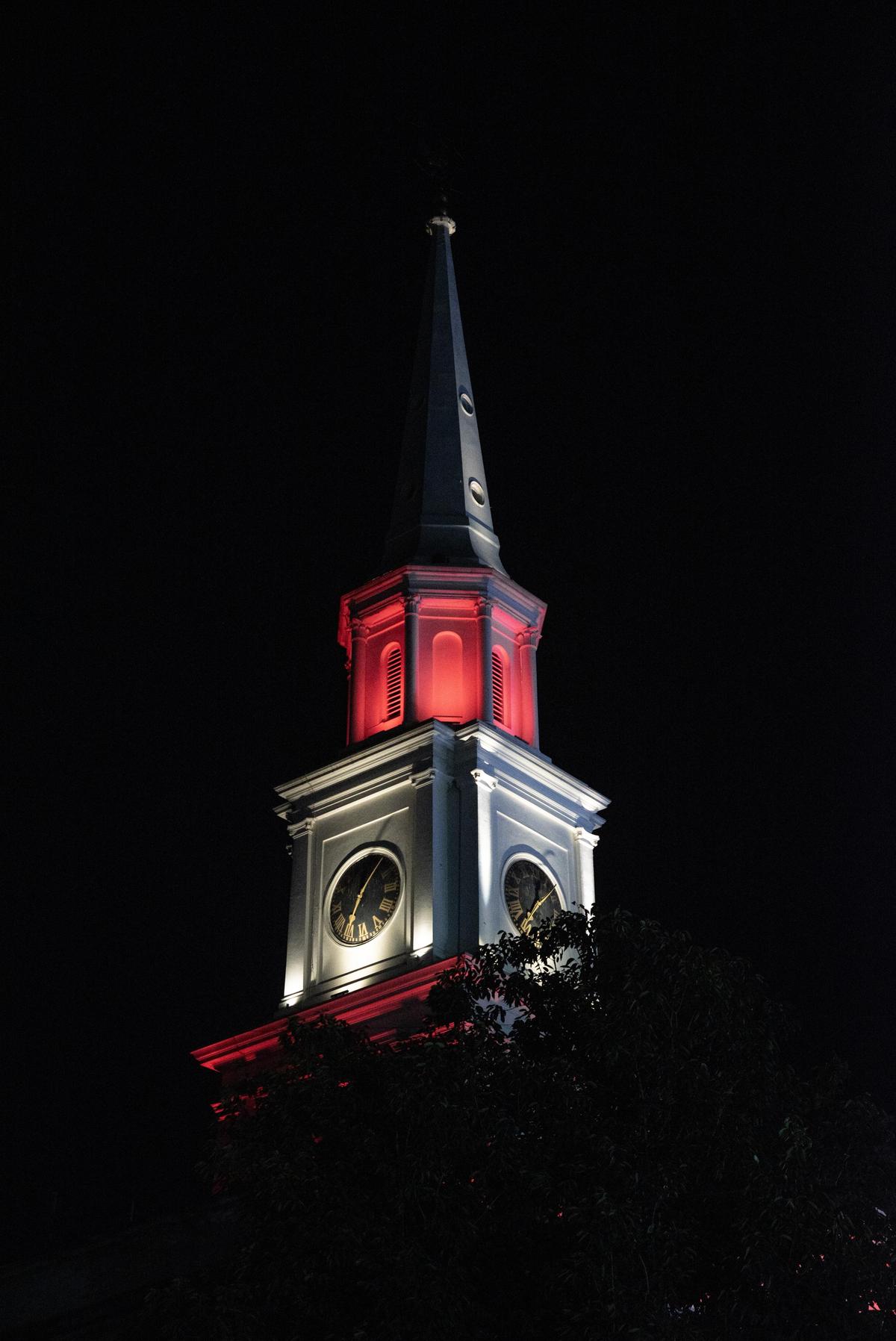
St. Paul’s Cathedral, Kolkata
| Photo Credit:
Special arrangement
His wish list is ambitious. The building he wants to light up next is the Writers’ Building. “Writers’ Building would be defining. I have got the provision to light up the Indian Museum and Howrah Station. The feasibility of these buildings has to be explored,” explains Mudar, whose vision is to touch 200 structures.
As the streets thin out, the LED lights keep their nightly watch. What the day hides in smog and haste, the night reveals in wattage. Look closely, the soul of the old city treads softly at night.






